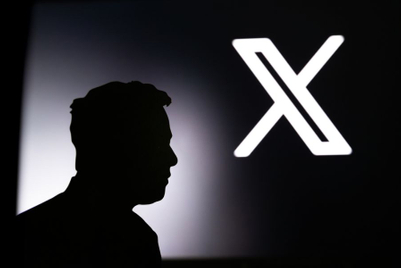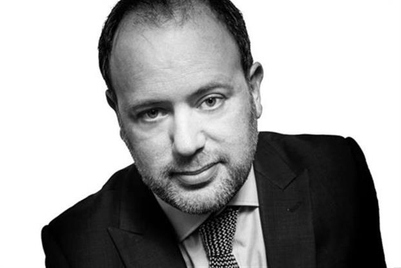
'Social by design', according to the report, means planning for recommendations and sharing from the outset, as well as making it easy for consumers to pass on content if they enjoy it. This concept is one that social media companies, such as Facebook, have been promoting with initiatives such as Timeline and Open Graph, changing the way content is discovered.
The AFAA 2012 Asian Trend Report draws from Warc’s global 2012 Toolkit and aims to identify trends relevant to brand owners and agencies across the region. “It (the report) allows our members and others in the industry to gain insight into indentifying trends and developing strategies specifically for these consumers,” said AFAA chairman Pradeep Guha on the goals of the report. “It also provides lessons learned in the leading markets that can be readjusted for implementation in other markets.”
One of the lead trends identified in the report is social media’s rapid growth and development in Asia-Pacific, driven by online word-of-mouth’s greater influence in Asia. A standout market for this trend is China, where citizens have low-levels of trust in official information sources and the one-child policy has led to smaller families, giving virtual networks greater power, noted the report.
A joint study by GroupM and CIC last August found that luxury brands were driving online recommendations on platforms such as Sina Weibo. The top brand was Louis Vuitton, followed by Chanel, which received close to 600,000 mentions between January and May. Burberry though was identified as the most engaging luxury brand, generating 43,000 retweets and 5,320 comments over the same timeframe.
The methods that were most effective in China were product introductions, offline fashion events and commentary from designers or celebrities. The study also found that 20 per cent of online consumers contributed to 80 per cent of category-related topics online, indicating that brands needed to focus most on these influencers.
Emerging markets can also draw on this trend to drive brick-and-mortar sales, according to the report by AFAA and Warc. At the end of 2010, Philips Indonesia and its agency, TribalDDB Singapore, used Twitter to drive sales in healthcare and lifestyle—categories for which the brand was not well known compared with its status as a lighting brand. Despite investing in a revamped website, few people were aware of the companies healthcare and lifestyle brands because Philips was being out-advertised by South Korean producers.
Drawing on Twitter’s popularity and the pending new year celebration, Philips asked Indonesians to tweet, using the hashtag #semangat2011 (spirit of 2011), about the things they aspired to do to improve their health and well-being in 2011. Based on the tweets, Philips unlocked products of increasing value that could be ‘purchased’ in tweets. Philips' website saw a 45 per cent increase in visits and nearly 13,000 contest submissions were made. The surge led to a rise in sales, with Philips exceeding its sales targets.
Other examples of social commerce include Intel and Dell’s ‘swarm’ campaign in Singapore, which let consumers band together to get cheaper prices, and Mercedes-Benz’s Smart car promotions, which boosted sales by 106 per cent via a group-buying offer.
Social can also be used successfully in the region as a brand-building medium, as in the case of Intel’s 'Museum of Me' and its latest Facebook-movie online campaign, 'Me the Musical'.
To best leverage this trend however, it’s important that campaign budgets be focused on building sharable content and programmes, rather than on building fanbases, recommended the report. “Fans or followers have little value unless there is a plan to use them,” the authors noted.
The full report is available to subscribers of Warc.com.


+(900+x+600+px)+(3).png&h=334&w=500&q=100&v=20250320&c=1)
+(900+x+600+px).jpg&h=334&w=500&q=100&v=20250320&c=1)
.jpg&h=334&w=500&q=100&v=20250320&c=1)


.jpg&h=334&w=500&q=100&v=20250320&c=1)
+(900+x+600+px).png&h=334&w=500&q=100&v=20250320&c=1)

+(900+x+600+px)+(1).png&h=334&w=500&q=100&v=20250320&c=1)


.jpg&h=268&w=401&q=100&v=20250320&c=1)


.jpg&h=268&w=401&q=100&v=20250320&c=1)


